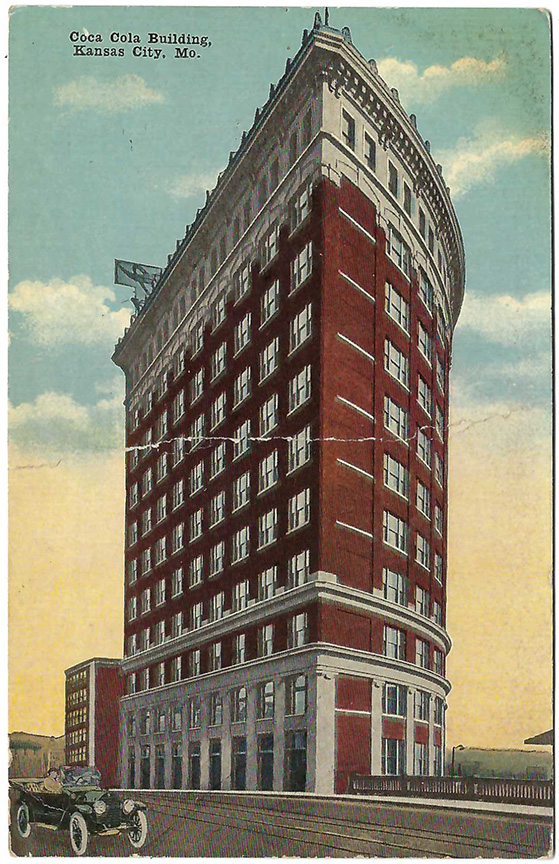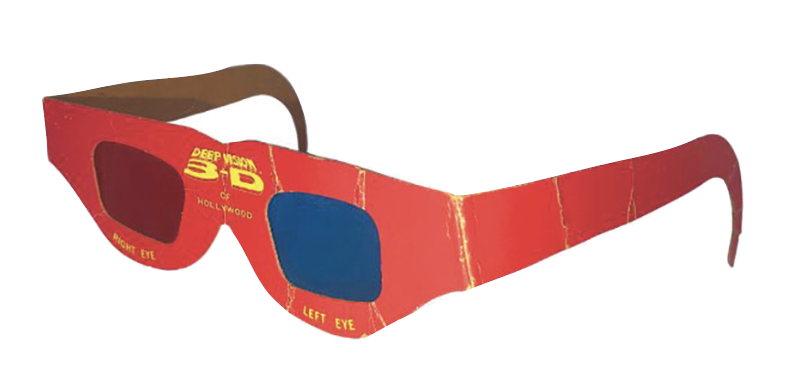
In 1910, Asa G. Candler, president of the Coca-Cola company, along with Charles Candler, vice president, completed an almost year-long tour of over 20 states and determined that Kansas City would be the location of the burgeoning soft drink company’s next plant and distribution center.
Asa Candler commented about their search for a place in the center of America where the company could build a new plant and distribution center:
“We learned that 20 states of the union, embracing more than two million square miles with a population exceeding 25 million people, were more advantageously served by Kansas City than by any other city, and that the distributing facilities of Kansas City were superior to any other in this district. We found it to be equally advantageously located for passenger traffic… Capital and labor were apparently living together in more harmonious relations than in any other city of equal importance,” Candler wrote in an internal company memorandum.
Architect Arthur Tufts of Baltimore, Md., was head of construction for Coca-Cola at the time and was tasked with designing a functional structure on an odd shaped lot bordered by the Kansas City Terminal Railway, the Grand Avenue Viaduct and 21stt Street, all three of which were on different levels. Tufts pulled off the design in grand fashion and in 1916 the building opened complete with a huge, north-facing electric sign that lit up the night sky, spelling out the name Coca-Cola.
Coke’s occupancy of the building was, however, short lived and in 1928, the building fell into foreclosure and the company moved out. This made way for a budding mail-order auto supply company to move in under the direction of George Pepperdine, founder of the Western Auto company. Western Auto’s business continued to grow, and in 1951 Western Auto bought the building, installing their iconic, 30-ton circular sign that would light up the Kansas City skyline for decades to come.
The company merged with Western Auto of California in 1955 and business continued to be good. Over the years, the company employed as many as 1,000 Kansas Citians, making it one of the city’s largest employers. By the 1980s, economic times had changed and Western Auto’s business started to decline. In 1988 the company known for carrying everything from motor oil to kids’ little red wagons was sold to Sears Roebuck. A shadow of its former self, the company became a portfolio widget and was sold off again to Advance Auto Parts in 1998. Two years later the stately, triangular building was gutted of fixtures and sold at auction. The long running Western Auto sign was turned off for what many believed to be the final time.
In 2002 the building was sold to a developer who announced plans to repurpose the building into high end condominiums. Sales were brisk and the building began to fill quickly. The sign, however, remained dark. In 2018, the building’s condo owners’ association undertook the Herculean task of restoring the sign and retrofitting the over 2,500 incandescent bulbs with more efficient LED bulbs. In July of 2018, the majestic Western Auto sign was once again illuminated, taking its place as one of the city’s longest standing fixtures.
This hand colored postcard was published by Max Bernstein of Kansas City, MO was mailed to Mrs D.S. Terry of Sheldon, Mo., on December 19, 1916. The sender lived at 141 N. Bellaire Ave. The message reads: “Expect to be home Thursday as far as we know for now. Frank and I were over the city some today as he got some time off. Frank & Grace.”
Special thanks goes out to the Kansas City Library’s Missouri Valley Special Collections and Librarian Michael Wells for their ongoing and generous contributions to our weekly Historic Postcard column.


















